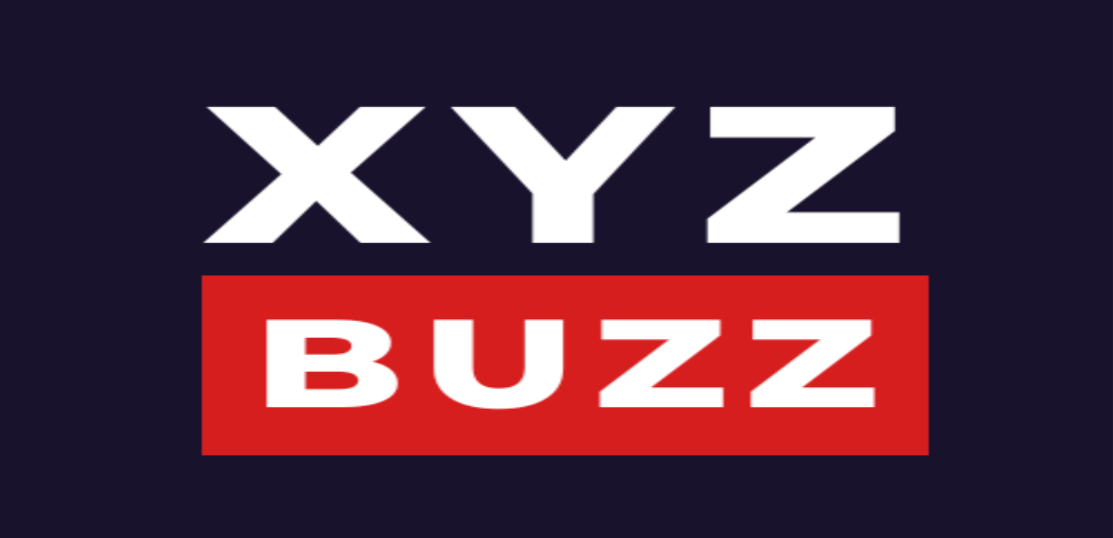Inflation in the United States has once again become a hot topic as the latest data reveals that consumer prices rose by 3% in January 2025, marking a slight increase from 2.9% in December 2024. The unexpected rise in inflation has sparked concerns among economists, policymakers, and consumers alike, as it signals that inflationary pressures may persist longer than expected. While the Federal Reserve has been working to bring inflation down to its target of 2%, recent economic developments have made that goal increasingly difficult to achieve.
What Is Inflation and Why Does It Matter?
Inflation refers to the rise in prices of goods and services over time, leading to a decrease in the purchasing power of money. When inflation is too high, it erodes the value of wages and savings, making it harder for consumers to afford everyday essentials. On the other hand, too little inflation can indicate economic stagnation, reducing incentives for businesses to invest and grow. The Federal Reserve aims to maintain inflation at around 2%, which is considered ideal for economic stability and growth.
What Caused the Rise in U.S. Inflation?
Several key factors have contributed to the increase in inflation:
1. Higher Costs of Goods and Services
The Consumer Price Index (CPI), which tracks the average price changes of consumer goods and services, showed a 0.5% increase from December 2024 to January 2025. This increase is the fastest since September 2023 and suggests that the cost of living is rising at a more rapid pace than anticipated.
2. Impact of New Tariffs on Imported Goods
One major contributor to inflation has been the tariffs imposed on steel and aluminum imports by the U.S. government. These tariffs, enacted by President Trump, have increased production costs for manufacturers, which are being passed down to consumers in the form of higher prices on cars, appliances, and other metal-based goods.
3. Rising Energy Prices
Energy costs, particularly gasoline and utility bills, have also been a significant driver of inflation. The global energy market remains volatile, with supply chain disruptions and geopolitical tensions affecting oil prices. The increased cost of fuel not only impacts transportation expenses but also raises production costs across various industries.
4. A Strong Labor Market Leading to Wage Growth
The U.S. labor market has remained surprisingly strong, with low unemployment rates and higher wages. While wage growth is positive for workers, it can also contribute to inflation, as businesses may raise prices to cover increased labor costs.
How the Stock Market Reacted
The latest inflation report has had a noticeable impact on financial markets. Investors had been hoping for signs of cooling inflation, but the higher-than-expected inflation rate caused a downturn in major stock indexes:
- The S&P 500 fell 0.4%,
- The Dow Jones Industrial Average dropped 0.6%, and
- The Nasdaq Composite declined 0.2%.
Additionally, Treasury yields rose, with the 2-year yield reaching 4.36% and the 10-year yield climbing to 4.65%, signaling concerns that interest rates might remain high for longer than expected.
Federal Reserve’s Response: Will Interest Rates Stay High?
The Federal Reserve has been closely monitoring inflation and adjusting interest rates accordingly. After implementing several interest rate hikes in 2022 and 2023 to combat inflation, the Fed paused rate increases in late 2024. However, with inflation showing resilience, Federal Reserve Chairman Jerome Powell has suggested that interest rates may not be lowered anytime soon.
Federal Reserve Vice Chair Philip Jefferson recently emphasized the importance of being patient with interest rate cuts. He indicated that the Fed would wait for clear evidence of disinflation before making any adjustments to monetary policy. The next Federal Open Market Committee (FOMC) meeting in March will be critical in determining whether interest rates will be adjusted in response to inflation trends.
How Inflation Affects Consumers
For the average American household, rising inflation means higher costs for essential goods and services. Here’s how it may impact different aspects of daily life:
1. Food Prices Continue to Rise
Grocery bills have been steadily increasing, with meat, dairy, and fresh produce prices climbing due to supply chain disruptions and higher production costs. Families may need to adjust their budgets to accommodate these rising expenses.
2. Housing and Rent Costs Remain High
The real estate market has also felt the effects of inflation, with mortgage rates remaining elevated. Renters may face continued rent hikes, making affordable housing a growing concern.
3. Higher Interest Rates on Loans and Credit Cards
Consumers with outstanding loans, credit card balances, or mortgages will continue to feel the burden of higher interest rates. Monthly payments on auto loans, student loans, and mortgages may remain high, putting financial pressure on households.
Potential Future Scenarios for Inflation
Economists are divided on where inflation is heading in the coming months.
Scenario 1: Inflation Remains Stubbornly High
Some analysts believe inflation may stay elevated above the Federal Reserve’s 2% target due to factors like:
- Continued supply chain disruptions
- Further increases in energy prices
- Strong consumer demand
Scenario 2: Inflation Begins to Cool Off
Others argue that inflation may gradually decline as:
- The Federal Reserve keeps interest rates high
- Consumer spending slows down
- Supply chains improve
The Fed’s actions over the next few months will play a crucial role in determining the trajectory of inflation in 2025.
What Should Consumers Do?
Given the uncertain inflation outlook, financial experts recommend that consumers take the following steps:
- Budget Carefully – Keep track of spending and prioritize essential expenses.
- Build an Emergency Fund – Save money in case of unexpected price hikes or job market instability.
- Pay Down High-Interest Debt – Reduce outstanding credit card balances to avoid accumulating high-interest charges.
- Consider Fixed-Rate Loans – If taking out a loan, opt for fixed interest rates to protect against future rate increases.
- Invest Wisely – Diversify investments to hedge against inflation.
Conclusion: A Critical Year for the U.S. Economy
As U.S. inflation reaches 3% in January 2025, the economy faces new challenges in its path toward stability. With persistent price pressures in energy, housing, and wages, the Federal Reserve will have to carefully navigate its monetary policy to bring inflation closer to the 2% target without triggering a recession.
For consumers, the key takeaway is financial preparedness. By staying informed and making smart financial decisions, households can better navigate the economic landscape and mitigate the effects of inflation. The next Federal Reserve meeting in March will be closely watched for any signals on future interest rate policies and their potential impact on inflation trends.
With economic uncertainty still looming, all eyes will be on policymakers, markets, and businesses as they respond to inflationary pressures in 2025.






